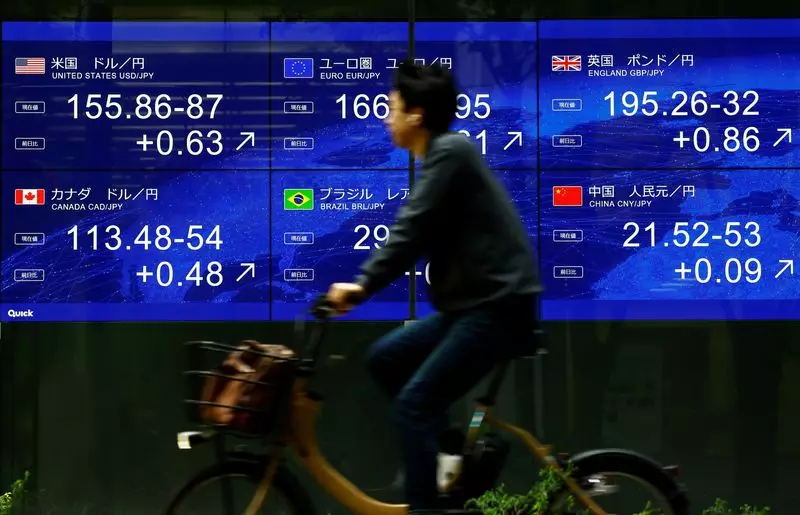As we enter the week, Asian financial markets present a calm yet cautious outlook. Concerns stemming from high Treasury yields are creating a complex backdrop for investors, as they navigate rich equity valuations in Wall Street. The ongoing volatility in the bond market is impacting currency values, notably supporting the U.S. dollar near its multi-month highs. This analysis delves into the implications of recent financial trends and economic indicators, while considering future prospects for various Asian markets.
Asian shares commenced the week with a sense of muted activity, reflecting uncertainty in global consumer sentiment amidst escalating Treasury yields. The MSCI Index for Asia-Pacific equities, excluding Japan, saw a slight drop of 0.2%. Even so, this index has enjoyed a remarkable 16% increase over the year, showcasing its resilience in the face of brewing economic challenges. Conversely, Japan’s Nikkei 225 index experienced a decline of 0.9% this week, though it still stands strong with a 20% upward trend for the year.
South Korea’s equity market faces a more significant uphill battle, grappling with political instability which has translated into a staggering 9% loss year-to-date. The setbacks are compounded by negative news stories surrounding regional airlines, particularly Jeju Air, which has plummeted to record lows following a tragic incident involving one of its aircraft. These factors highlight the fragility of South Korea’s market dynamics as it wrestles with internal strife and external economic pressures.
The backdrop for Asian markets is heavily influenced by developments in the United States. Recent trends indicate a broad-based sell-off on Wall Street, as evidenced by a sharp decline in trading volumes that reached two-thirds below the daily average. This downturn raises questions about underlying investor confidence, as the S&P 500 and Nasdaq have surged 25% and 31%, respectively, over the year. Such remarkable increases have pushed equity valuations to a point of concern when juxtaposed against risk-free returns from Treasury investments.
The 10-year Treasury yield has reached an eight-month high of 4.631%, reflecting a rise of approximately 75 basis points since the year’s commencement. This surge appears to be a product of an evolving economic landscape, characterized by a shift towards less accommodative monetary policies. Quasar Elizundia, a research strategist at Pepperstone, encapsulates the market sentiment, indicating that prolonged restrictive monetary policies may inhibit corporate earnings growth, ultimately swaying investment strategies moving forward.
The current economic climate, compounded by rising yields, has significantly bolstered the U.S. dollar. It has gained about 6.5% year-to-date against a basket of major currencies, while the euro has depreciated over 5% against the dollar, hovering around $1.0427. The dollar’s demand remains robust, particularly in light of anticipated changes resulting from impending executive actions from President-elect Donald Trump, including policy shifts that may have a wide-ranging impact on fiscal management and budgetary constraints.
These currency fluctuations are critical for Asian economies, often linking back to their dependence on exports. The strength of the U.S. dollar, while beneficial in some respects, has exerted downward pressure on commodities. For instance, gold prices, despite performing well at $2,624 an ounce—up 28% this year—have faced challenges due to the dollar’s strength.
As we look forward, the scheduled economic indicators, including China’s PMI factory surveys and the U.S. ISM report, will be vital in shaping market expectations. Investors are keenly awaiting these data points as they attempt to gauge the health of the global economy and adjust their strategies accordingly. Given the precarious balance of economic news and political developments, it is evident that markets will likely remain volatile in the wake of fluctuating yields and geopolitical uncertainties.
The interplay between high Treasury yields, equity valuations in the U.S., and the resultant strength of the dollar are creating a multifaceted environment that Asian markets must navigate carefully. Stakeholders in this complex economic web will need to remain vigilant, as emerging economic data and political developments are poised to significantly influence investor sentiment and market trends in the coming weeks.

